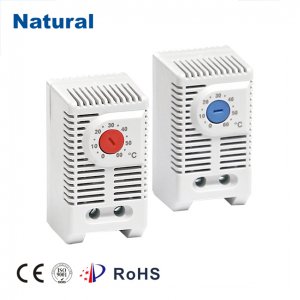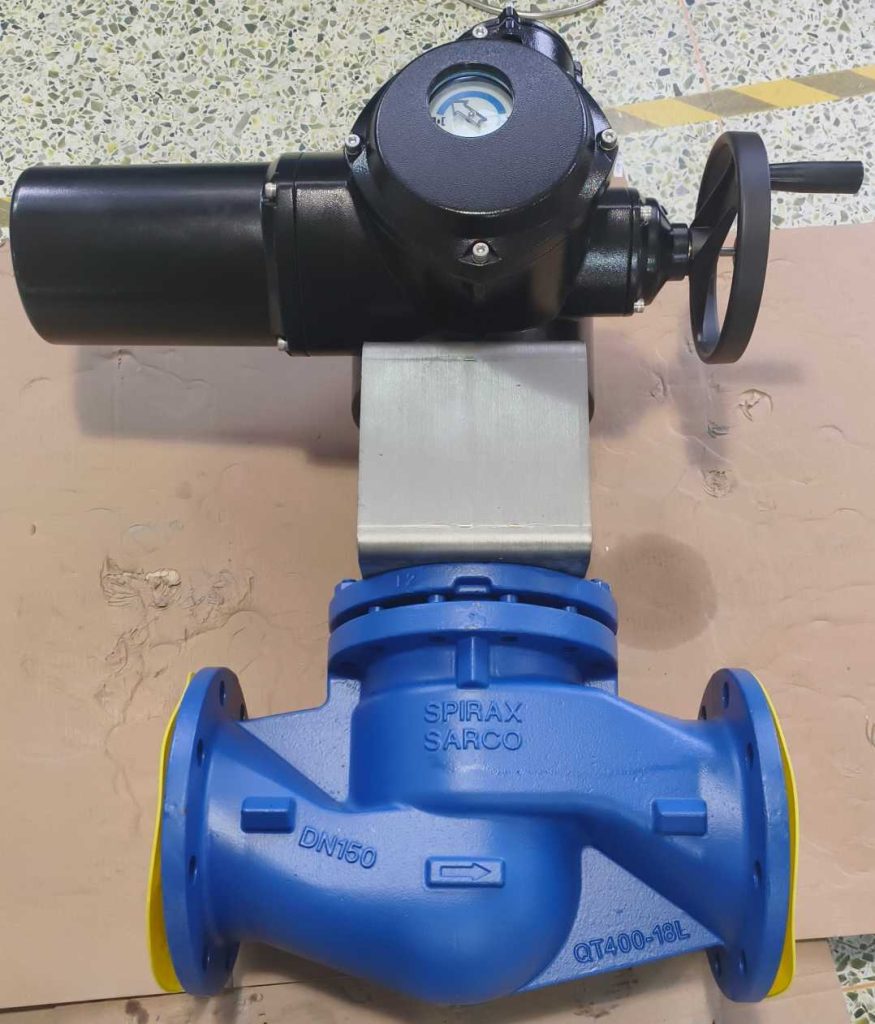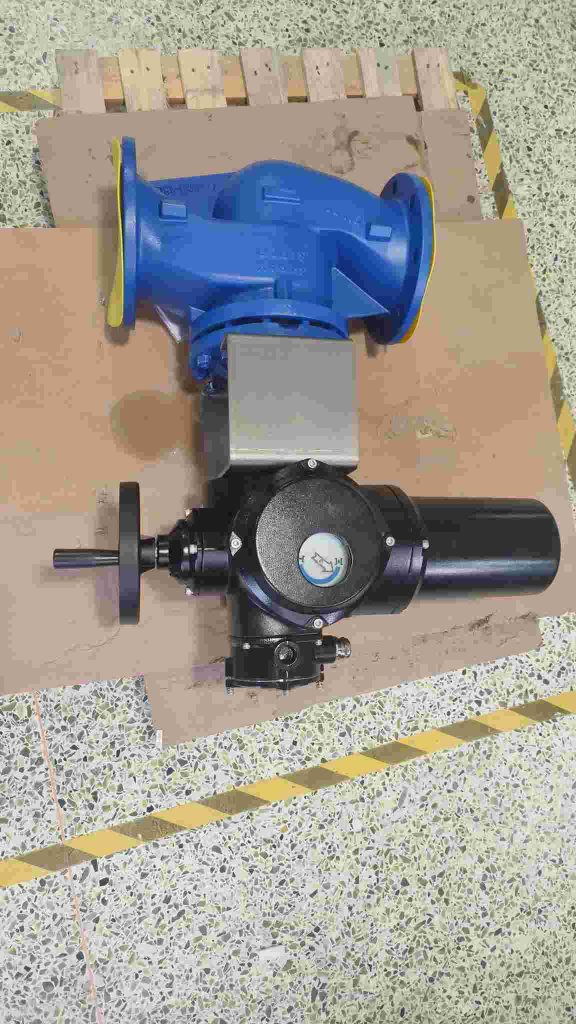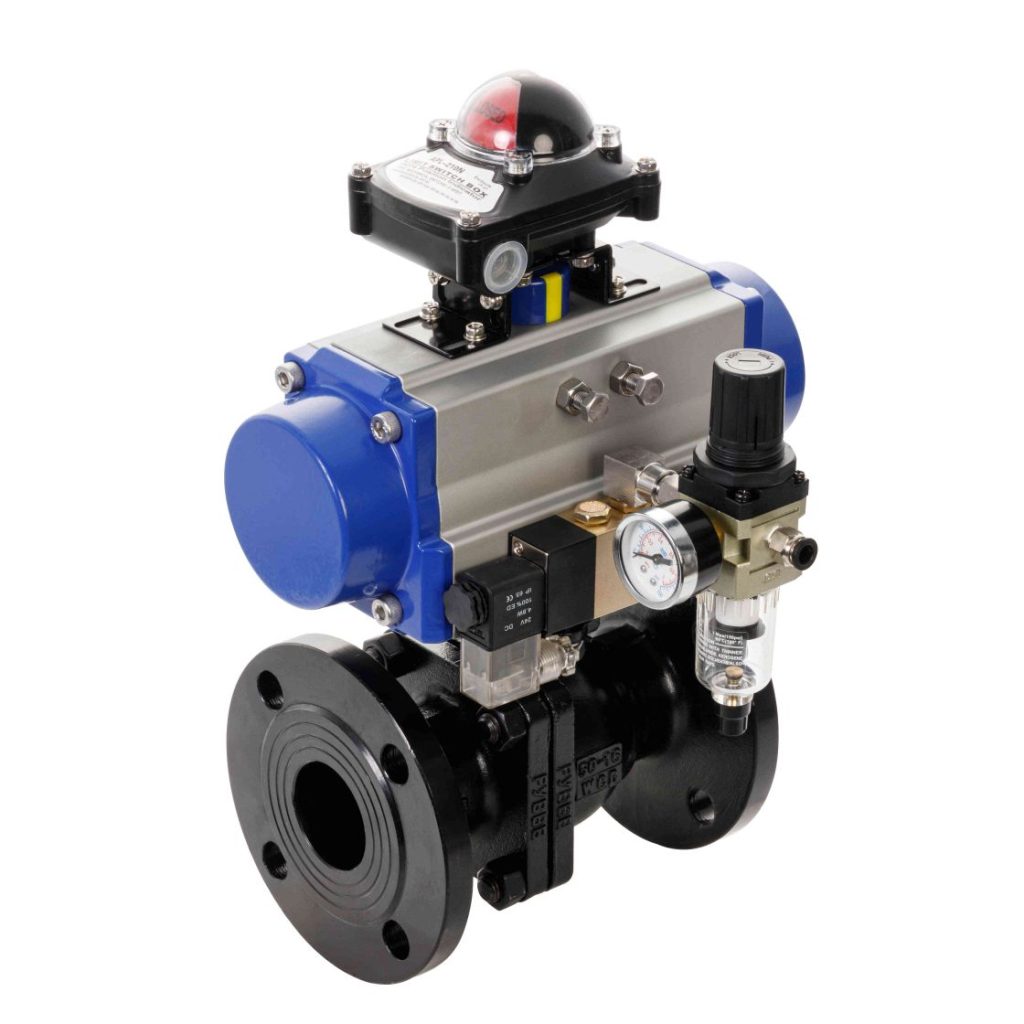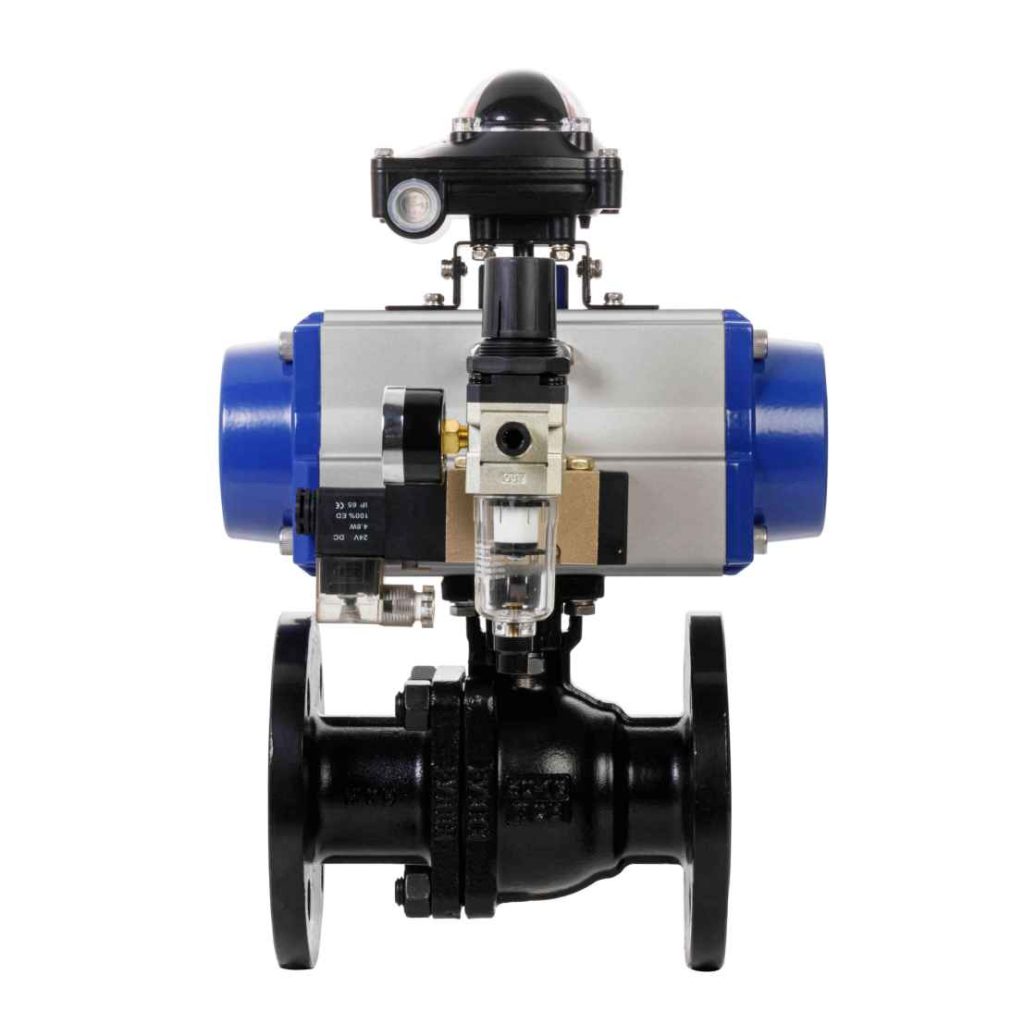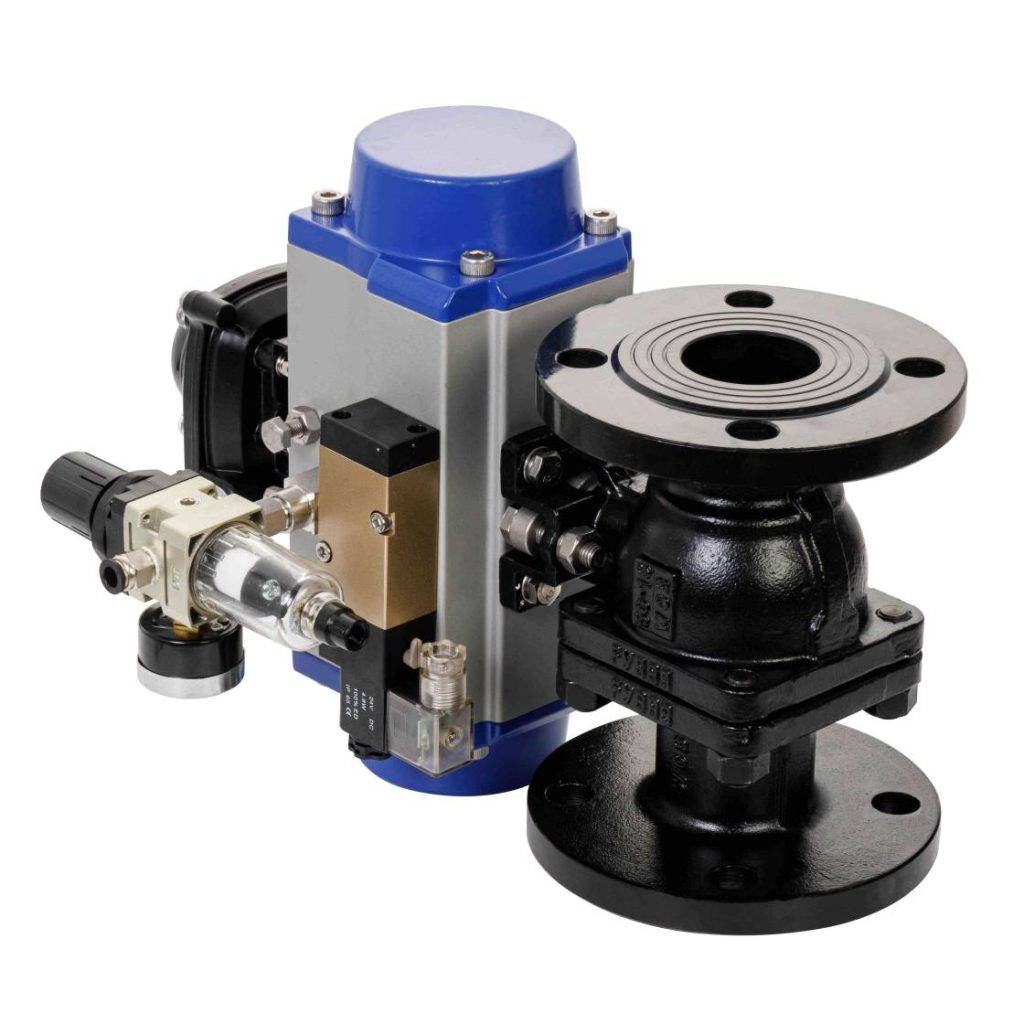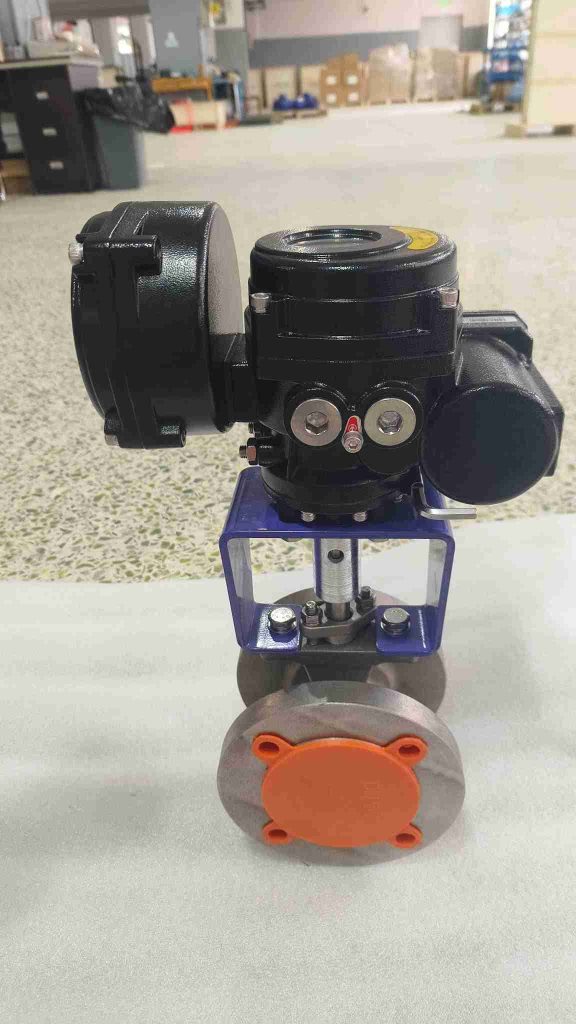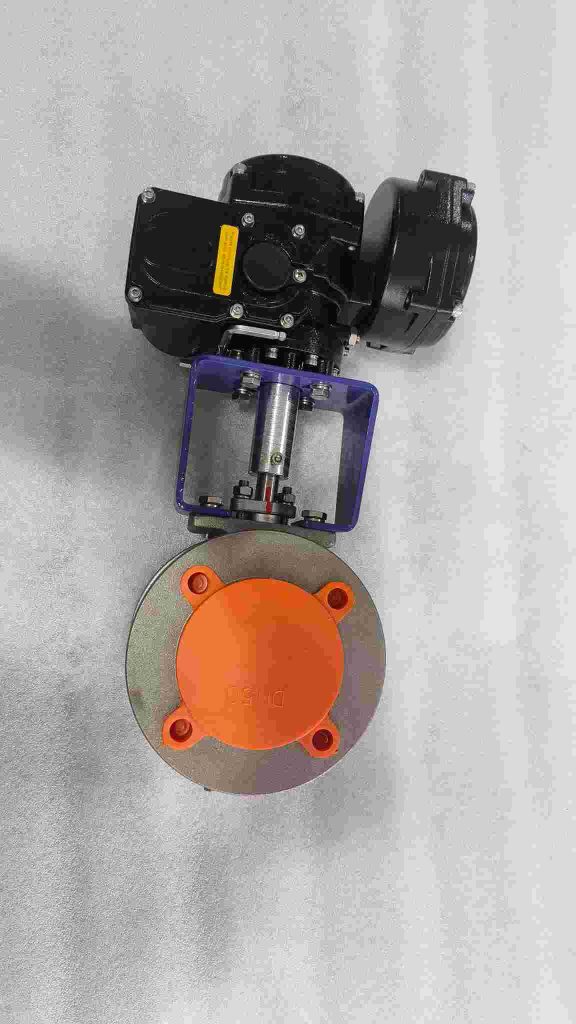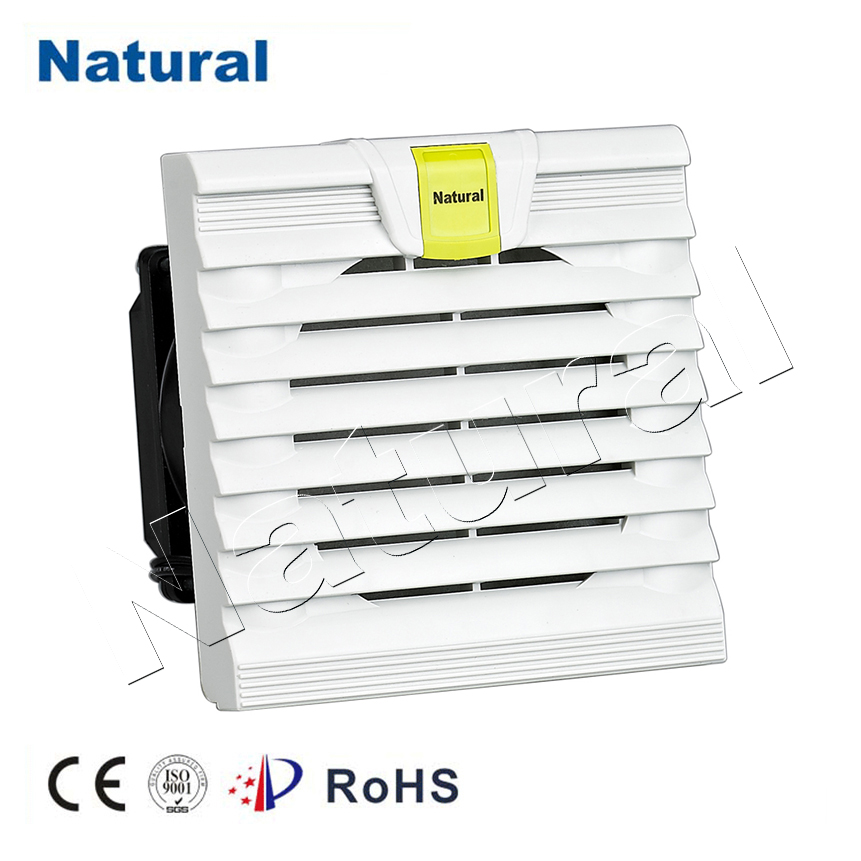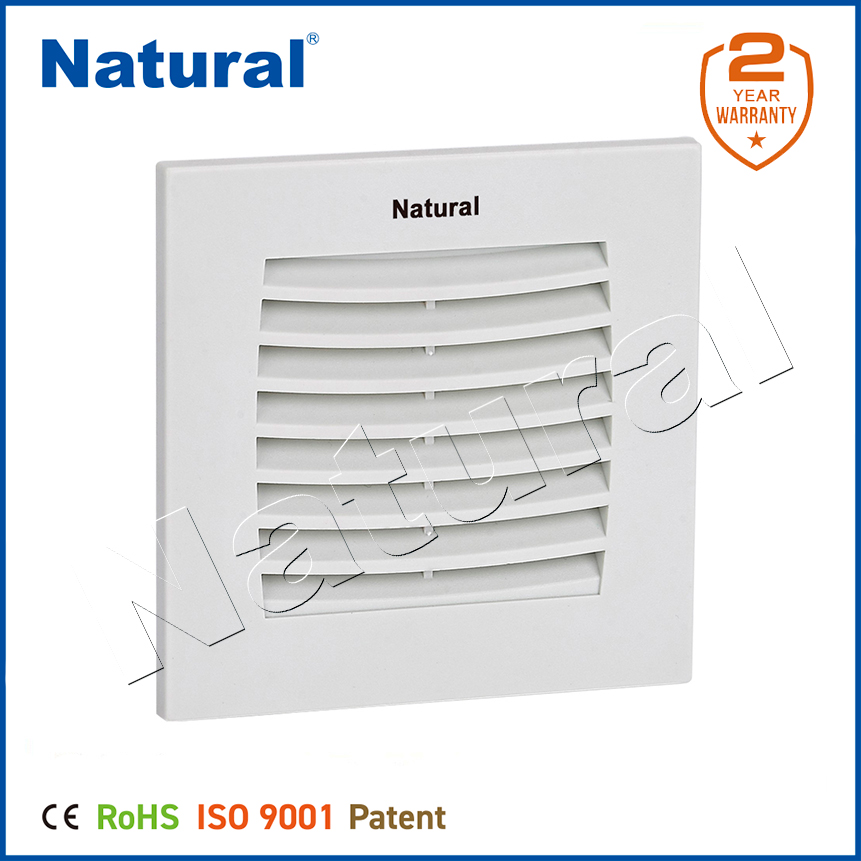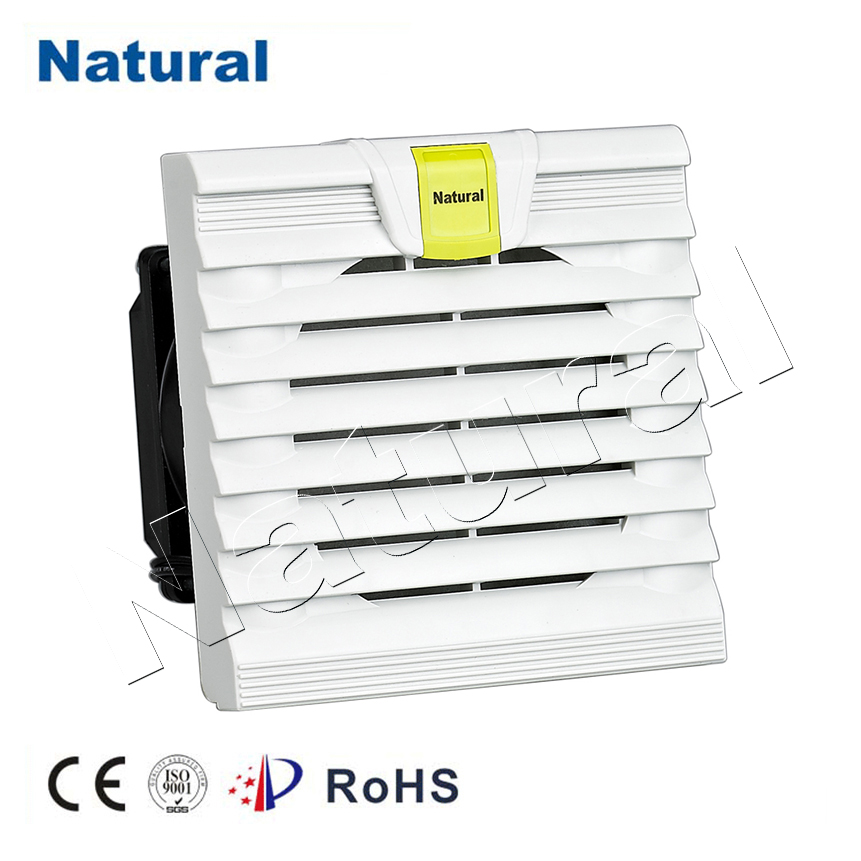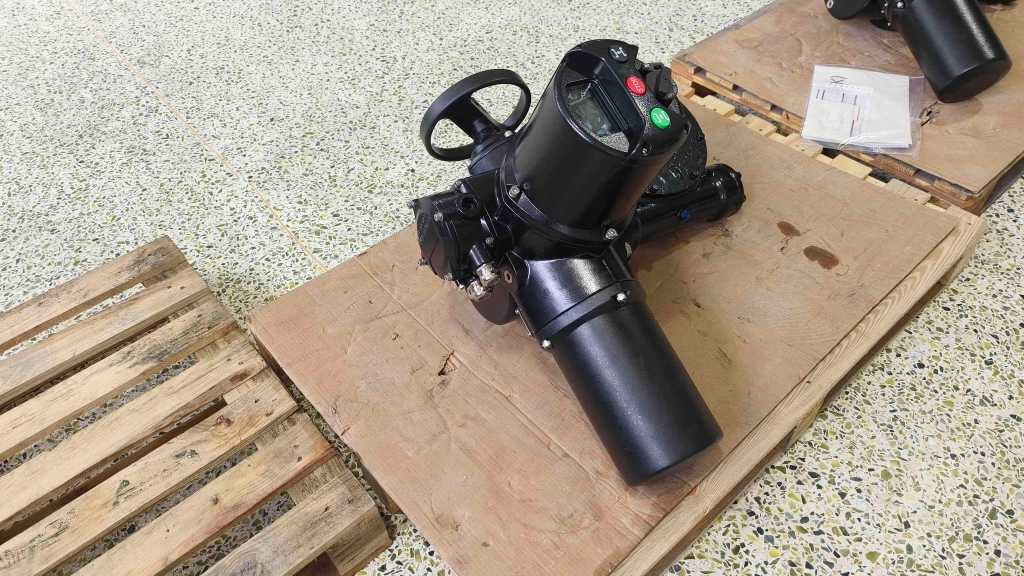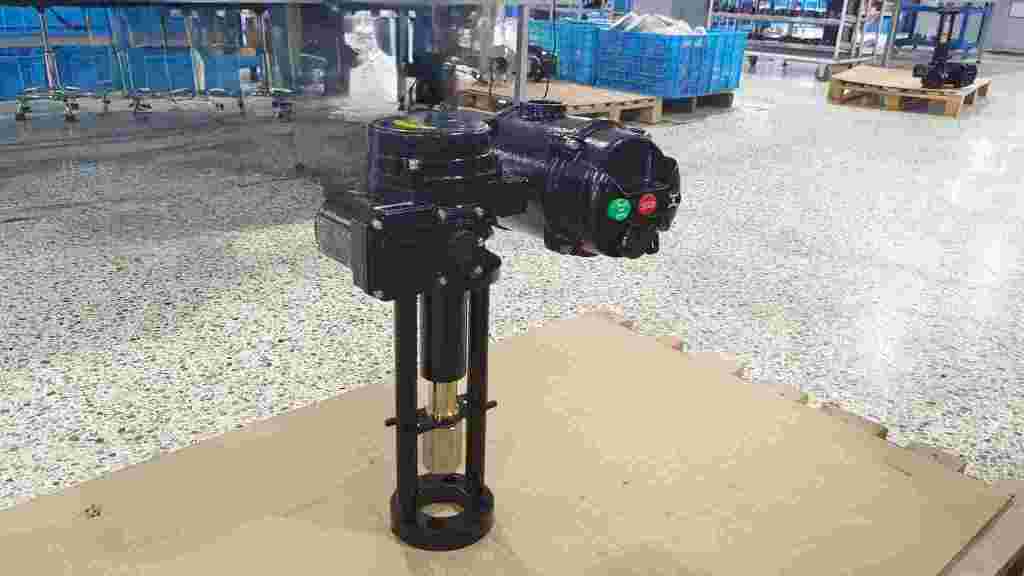A differential thermostat is a vital component in temperature control systems, especially in scenarios where maintaining a specific temperature range is critical. Unlike standard thermostats that work by switching on and off at a set temperature, a differential thermostat introduces a nuanced approach to temperature regulation by monitoring the difference between two temperature points. This type of thermostat is commonly used in systems where a small but precise temperature variation is required, such as in solar water heating, heating and cooling systems, and certain industrial applications.
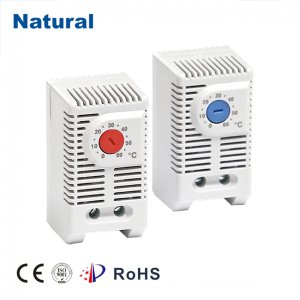
Principles of Differential Thermostat
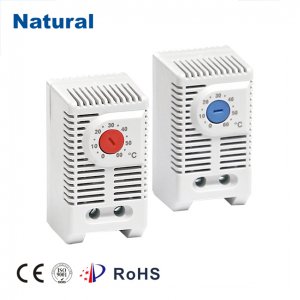
The fundamental principle behind a differential thermostat lies in its ability to detect the temperature difference between two distinct locations or components within a system. It typically features two sensors, which may be placed at different points—such as in a heating system, one sensor might be located near the heat source, while the other is placed in the area being heated. Once the thermostat detects a preset temperature difference, it triggers an action, such as turning a heating or cooling device on or off. This approach is different from conventional thermostats, which only activate when the temperature reaches a certain point. The differential thermostat’s reliance on temperature difference (rather than absolute temperature) allows for more precise control of heating or cooling systems. This is particularly beneficial in applications where small temperature fluctuations can have significant impacts on efficiency, performance, or safety.
